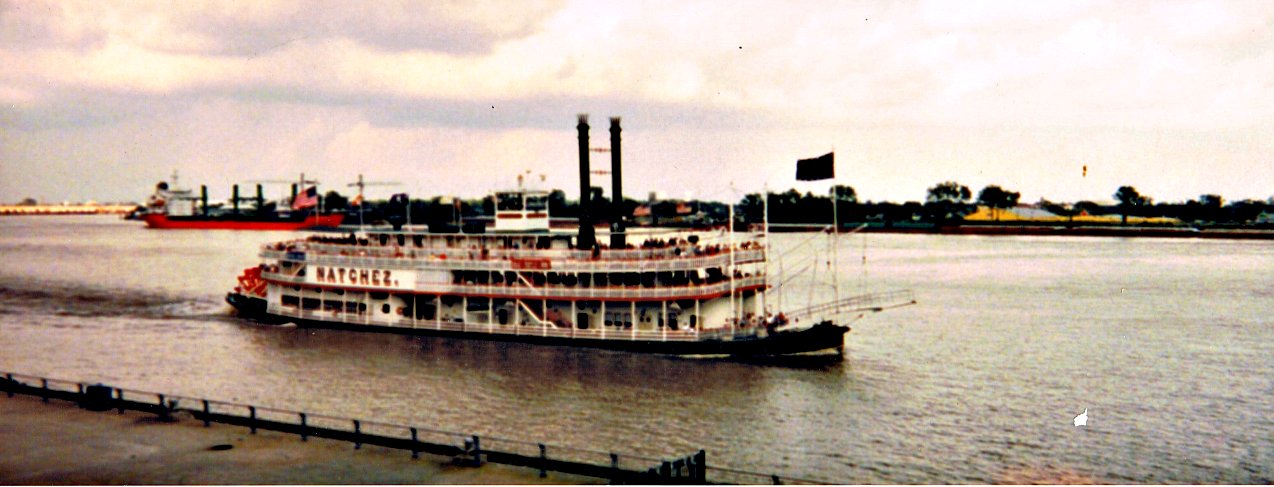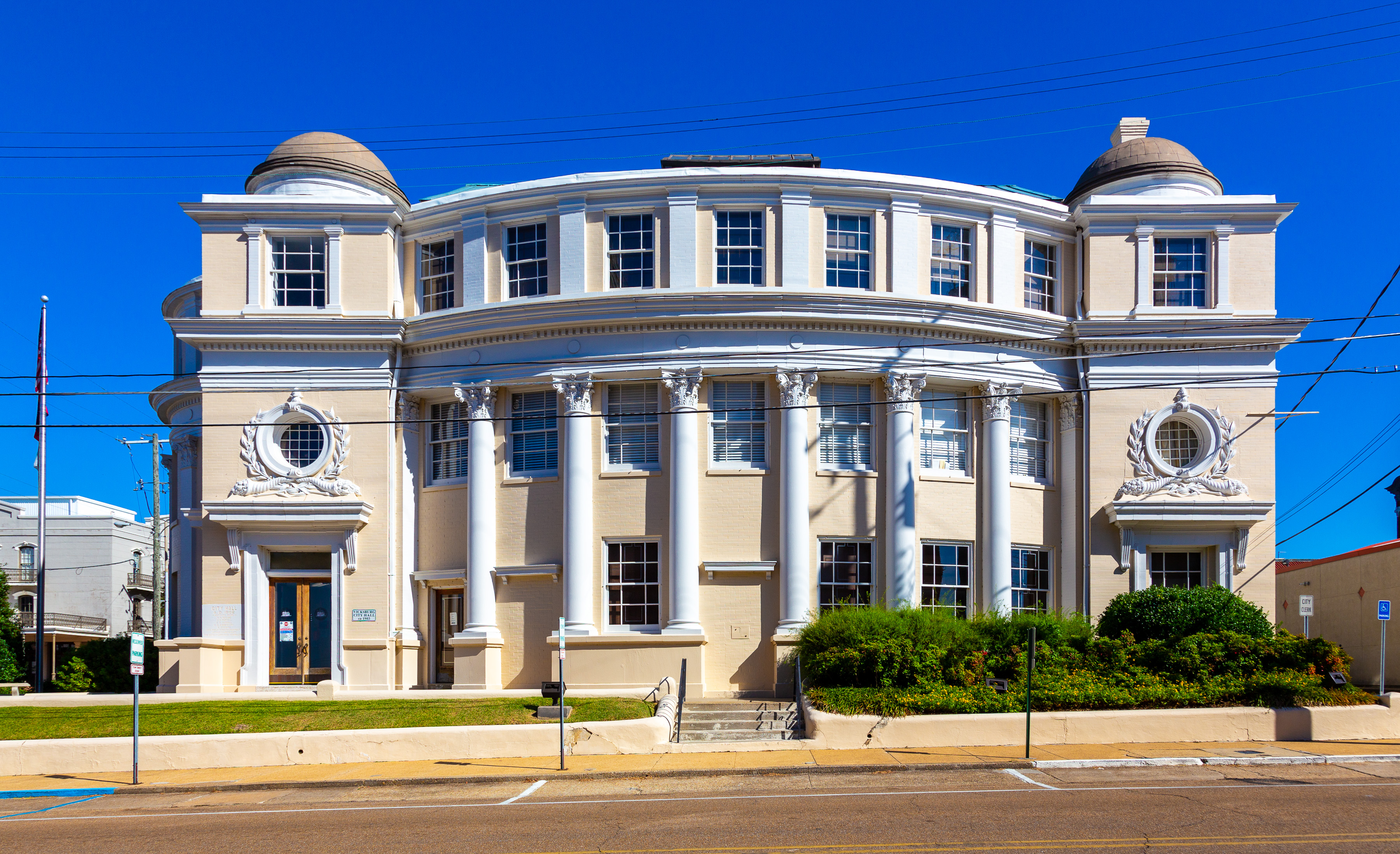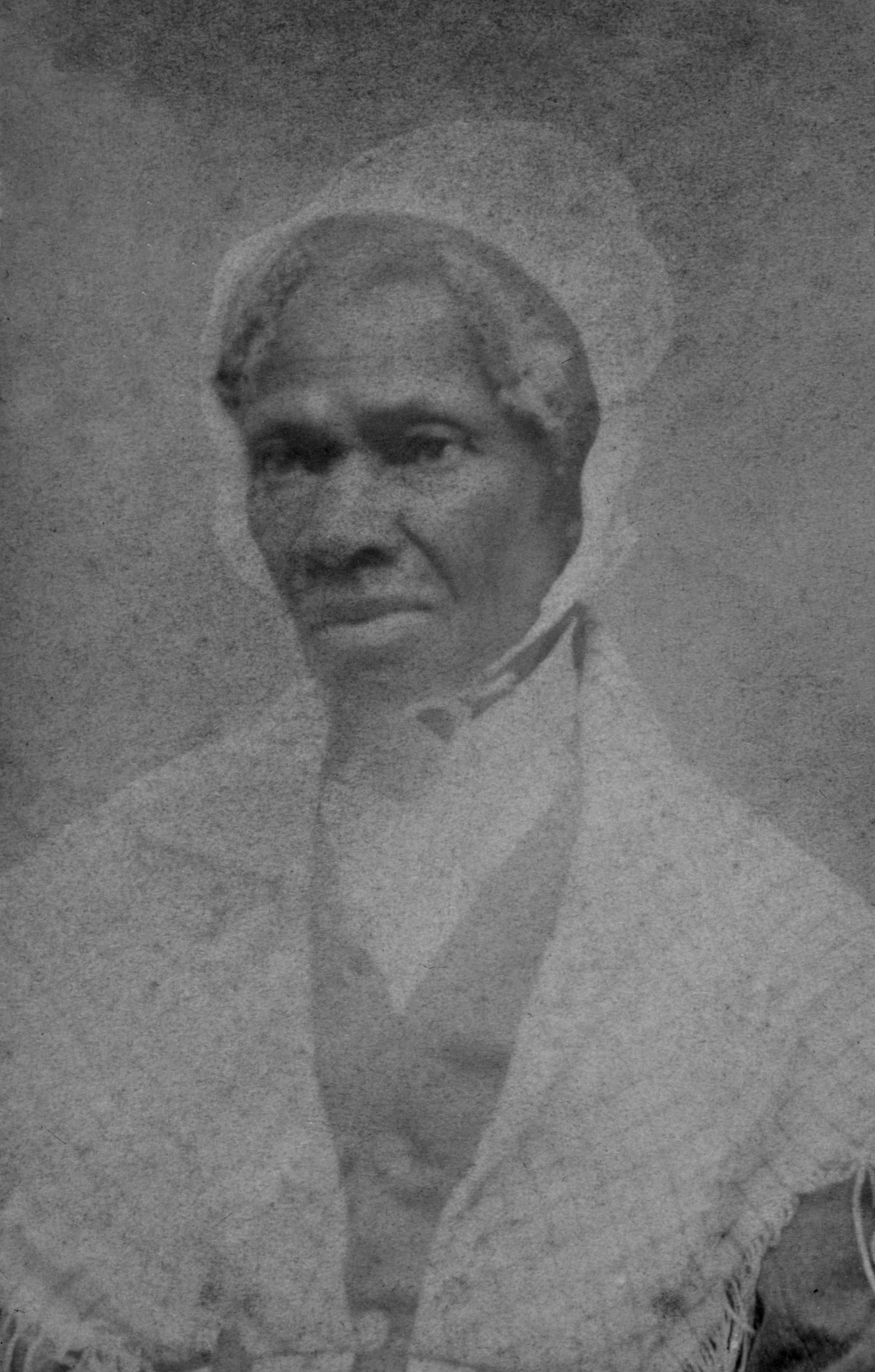|
Frances Dana Barker Gage
Frances Dana Barker Gage ( pen name, Aunt Fanny; October 12, 1808November 10, 1884) was a leading American reformer, feminist and abolitionist. She worked closely with Susan B. Anthony and Elizabeth Cady Stanton, along with other leaders of the early women's rights movement in the United States. She was among the first to champion voting rights for all citizens without regard to race or gender and was a particularly outspoken supporter of giving newly freed African American women the franchise during Reconstruction, along with African American men who had formerly been slaves. Early life and education Frances Dana Barker was born near Marietta, Ohio on October 12, 1808, the daughter of farmers Elizabeth Dana (1771–1835) and Col. Joseph Barker (1765–1843); her family's house is still in existence and has been designated a historic site. Frances was the tenth of eleven children. In 1788 the Barkers left New Hampshire and crossed the Alleghenies with Rufus Putnam, and wer ... [...More Info...] [...Related Items...] OR: [Wikipedia] [Google] [Baidu] |
Washington County, Ohio
Washington County is a county located in the southeastern part of the U.S. state of Ohio. As of the 2020 census, the population was 59,711. Its county seat is Marietta. The county, the oldest in the state, is named for George Washington. Washington County comprises the Marietta, OH Micropolitan Statistical Area, which is also included in the Parkersburg-Marietta-Vienna, WV-OH Combined Statistical Area. Geography According to the U.S. Census Bureau, the county has a total area of , of which is land and (1.3%) is water. It is the fifth-largest county in Ohio by land area. Washington County's southern and eastern boundary is the Ohio River. The Muskingum River, Little Muskingum River, Duck Creek, and the Little Hocking River flow through the county to the Ohio River. Adjacent counties * Noble County (north) * Monroe County (northeast) * Tyler County, West Virginia (east) * Pleasants County, West Virginia (southeast) * Wood County, West Virginia (south) * Athens Count ... [...More Info...] [...Related Items...] OR: [Wikipedia] [Google] [Baidu] |
Northwest Territory
The Northwest Territory, also known as the Old Northwest and formally known as the Territory Northwest of the River Ohio, was formed from unorganized western territory of the United States after the American Revolutionary War. Established in 1787 by the Congress of the Confederation through the Northwest Ordinance, it was the nation's first post-colonial organized incorporated territory. At the time of its creation, the territory included all the land west of Pennsylvania, northwest of the Ohio River and east of the Mississippi River below the Great Lakes, and what later became known as the Boundary Waters. The region was ceded to the United States in the Treaty of Paris of 1783. Throughout the Revolutionary War, the region was part of the British Province of Quebec. It spanned all or large parts of six eventual U.S. states (Ohio, Indiana, Illinois, Michigan, Wisconsin, and the northeastern part of Minnesota). Reduced to present-day Ohio, eastern Michigan and a sliver of ... [...More Info...] [...Related Items...] OR: [Wikipedia] [Google] [Baidu] |
Natchez, Mississippi
Natchez ( ) is the county seat of and only city in Adams County, Mississippi, United States. Natchez has a total population of 14,520 (as of the 2020 census). Located on the Mississippi River across from Vidalia in Concordia Parish, Louisiana, Natchez was a prominent city in the antebellum years, a center of cotton planters and Mississippi River trade. Natchez is some southwest of Jackson, the capital of Mississippi, which is located near the center of the state. It is approximately north of Baton Rouge, Louisiana, located on the lower Mississippi River. Natchez is the 25th-largest city in the state. The city was named for the Natchez tribe of Native Americans, who with their ancestors, inhabited much of the area from the 8th century AD through the French colonial period. History Established by French colonists in 1716, Natchez is one of the oldest and most important European settlements in the lower Mississippi River Valley. After the French lost the French and Ind ... [...More Info...] [...Related Items...] OR: [Wikipedia] [Google] [Baidu] |
Vicksburg, Mississippi
Vicksburg is a historic city in Warren County, Mississippi, United States. It is the county seat, and the population at the 2010 census was 23,856. Located on a high bluff on the east bank of the Mississippi River across from Louisiana, Vicksburg was built by French colonists in 1719, and the outpost withstood an attack from the native Natchez people. It was incorporated as Vicksburg in 1825 after Methodist missionary Newitt Vick. During the American Civil War, it was a key Confederate river-port, and its July 1863 surrender to Ulysses S. Grant, along with the concurrent Battle of Gettysburg, marked the turning-point of the war. The city is home to three large installations of the United States Army Corps of Engineers, which has often been involved in local flood control. Status Vicksburg is the only city in, and the county seat of, Warren County, Mississippi, United States. It is located northwest of New Orleans at the confluence of the Mississippi and Yazoo rivers, ... [...More Info...] [...Related Items...] OR: [Wikipedia] [Google] [Baidu] |
Western Sanitary Commission
The Western Sanitary Commission was a private agency based in St. Louis that was a rival of the larger U.S. Sanitary Commission. It operated in the west during the American Civil War to help the U.S. Army deal with sick and wounded soldiers. It was led by abolitionists and focused on the needs of Freedmen. It was founded in St. Louis August 1861 under the protection of General John C. Frémont and under the leadership of Reverend William Greenleaf Eliot (1811–1887) and James E. Yeatman (1818–1901). Its first mission was to care for the wounded from the Battle of Wilson's Creek. In its first six weeks it established four large general hospitals with over two thousand beds. It later set up convalescent facilities. A major activity was acquiring adequate stocks of medicines and medical supplies for the hospitals run by the U.S. Army. Working with Dorothea Dix it took charge of finding women to be civilian nurses and nurses' aides in Army facilities. The Western Sanitar ... [...More Info...] [...Related Items...] OR: [Wikipedia] [Google] [Baidu] |
American Civil War
The American Civil War (April 12, 1861 – May 26, 1865; also known by other names) was a civil war in the United States. It was fought between the Union ("the North") and the Confederacy ("the South"), the latter formed by states that had seceded. The central cause of the war was the dispute over whether slavery would be permitted to expand into the western territories, leading to more slave states, or be prevented from doing so, which was widely believed would place slavery on a course of ultimate extinction. Decades of political controversy over slavery were brought to a head by the victory in the 1860 U.S. presidential election of Abraham Lincoln, who opposed slavery's expansion into the west. An initial seven southern slave states responded to Lincoln's victory by seceding from the United States and, in 1861, forming the Confederacy. The Confederacy seized U.S. forts and other federal assets within their borders. Led by Confederate President Jefferson Da ... [...More Info...] [...Related Items...] OR: [Wikipedia] [Google] [Baidu] |
Santo Domingo
, total_type = Total , population_density_km2 = auto , timezone = AST (UTC −4) , area_code_type = Area codes , area_code = 809, 829, 849 , postal_code_type = Postal codes , postal_code = 10100–10699 ( Distrito Nacional) , website Ayuntamiento del Distrito Nacional Santo Domingo ( meaning " Saint Dominic"), once known as Santo Domingo de Guzmán and Ciudad Trujillo, is the capital and largest city of the Dominican Republic and the largest metropolitan area in the Caribbean by population. As of 2022, the city and immediate surrounding area (the Distrito Nacional) had a population of 1,484,789, while the total population is 2,995,211 when including Greater Santo Domingo (the " metropolitan area"). The city is coterminous with the boundaries of the Distrito Nacional ("D.N.", "National District"), itself bordered on three sides by Santo Domingo Province. Founded by the Spanish in 1496, on the east bank of the Ozama River and then moved by Nicolás de Ovando ... [...More Info...] [...Related Items...] OR: [Wikipedia] [Google] [Baidu] |
Saint Thomas, U
In religious belief, a saint is a person who is recognized as having an exceptional degree of holiness, likeness, or closeness to God. However, the use of the term ''saint'' depends on the context and denomination. In Catholic, Eastern Orthodox, Anglican, Oriental Orthodox, and Lutheran doctrine, all of their faithful deceased in Heaven are considered to be saints, but some are considered worthy of greater honor or emulation. Official ecclesiastical recognition, and consequently a public cult of veneration, is conferred on some denominational saints through the process of canonization in the Catholic Church or glorification in the Eastern Orthodox Church after their approval. While the English word ''saint'' originated in Christianity, historians of religion tend to use the appellation "in a more general way to refer to the state of special holiness that many religions attribute to certain people", referring to the Jewish tzadik, the Islamic walī, the Hindu rishi or Sikh ... [...More Info...] [...Related Items...] OR: [Wikipedia] [Google] [Baidu] |
Ain't I A Woman?
"Ain't I a Woman?" is a speech, delivered extemporaneously, by Sojourner Truth (1797–1883), born into slavery in New York State. Some time after gaining her freedom in 1827, she became a well known anti-slavery speaker. Her speech was delivered at the Women's Convention in Akron, Ohio, in 1851, and did not originally have a title. The speech was briefly reported in two contemporary newspapers, and a transcript of the speech was published in the ''Anti-Slavery Bugle'' on June 21, 1851. It received wider publicity in 1863 during the American Civil War when Frances Dana Barker Gage published a different version, one which became known as ''Ain't I a Woman?'' because of its oft-repeated question. This later, better known and more widely available version was the one commonly referenced in popular culture and, until historian Nell Irvin Painter's 1996 biography of Truth, by historians as well. Sojourner Truth was born Isabella Baumfree in 1797 in New York State. Truth ran from h ... [...More Info...] [...Related Items...] OR: [Wikipedia] [Google] [Baidu] |
Sojourner Truth
Sojourner Truth (; born Isabella Baumfree; November 26, 1883) was an American Abolitionism in the United States, abolitionist of New York Dutch heritage and a women's rights activist. Truth was born into slavery in Swartekill, New York, but escaped with her infant daughter to freedom in 1826. After going to court to recover her son in 1828, she became the first black Americans, black woman to win such a case against a white man. She gave herself the name Sojourner Truth in 1843 after she became convinced that God had called her to leave the city and go into the countryside "testifying the hope that was in her." Her best-known speech was delivered extemporaneously, in 1851, at the Ohio Women's Rights Convention in Akron, Ohio. The speech became widely known during the American Civil War, Civil War by the title "Ain't I a Woman?", a variation of the original speech re-written by someone else using a stereotypical Southern dialect, whereas Sojourner Truth was from New York and grew ... [...More Info...] [...Related Items...] OR: [Wikipedia] [Google] [Baidu] |
Akron, Ohio
Akron () is the fifth-largest city in the U.S. state of Ohio and is the county seat of Summit County. It is located on the western edge of the Glaciated Allegheny Plateau, about south of downtown Cleveland. As of the 2020 Census, the city proper had a total population of 190,469, making it the 125th largest city in the United States. The Akron metropolitan area, covering Summit and Portage counties, had an estimated population of 703,505. The city was founded in 1825 by Simon Perkins and Paul Williams, along the Little Cuyahoga River at the summit of the developing Ohio and Erie Canal. The name is derived from the Ancient Greek word ''ἄκρον : ákron'' signifying a summit or high point. It was briefly renamed South Akron after Eliakim Crosby founded nearby North Akron in 1833, until both merged into an incorporated village in 1836. In the 1910s, Akron doubled in population, making it the nation's fastest-growing city. A long history of rubber and tire manufacturing, c ... [...More Info...] [...Related Items...] OR: [Wikipedia] [Google] [Baidu] |
Temperance Movement
The temperance movement is a social movement promoting temperance or complete abstinence from consumption of alcoholic beverages. Participants in the movement typically criticize alcohol intoxication or promote teetotalism, and its leaders emphasize alcohol's negative effects on people's health, personalities and family lives. Typically the movement promotes alcohol education and it also demands the passage of new laws against the sale of alcohol, either regulations on the availability of alcohol, or the complete prohibition of it. During the 19th and early 20th centuries, the temperance movement became prominent in many countries, particularly in English-speaking, Scandinavian, and majority Protestant ones, and it eventually led to national prohibitions in Canada (1918 to 1920), Norway (spirits only from 1919 to 1926), Finland (1919 to 1932), and the United States (1920 to 1933), as well as provincial prohibition in India (1948 to present). A number of temperance organi ... [...More Info...] [...Related Items...] OR: [Wikipedia] [Google] [Baidu] |








